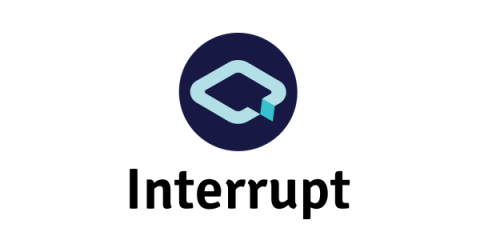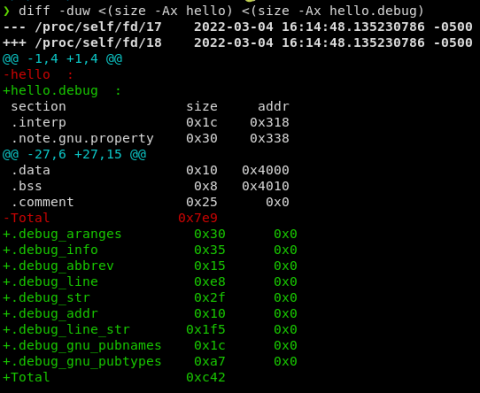Using SWIG to generate bindings between C and Lua
Lua is one of the many great interpreters that can be run on embedded devices. It’s fast, uses little memory, is written in ANSI C, and is known by plenty of developers. These are a few of the many reasons why the team at Panic chose to include a Lua interpreter on their Playdate device and allow games to be written in it. You can think of Lua as an alternative to the MicroPython (Python) or JerryScript (Javascript) interpreters. However, there’s a problem.






